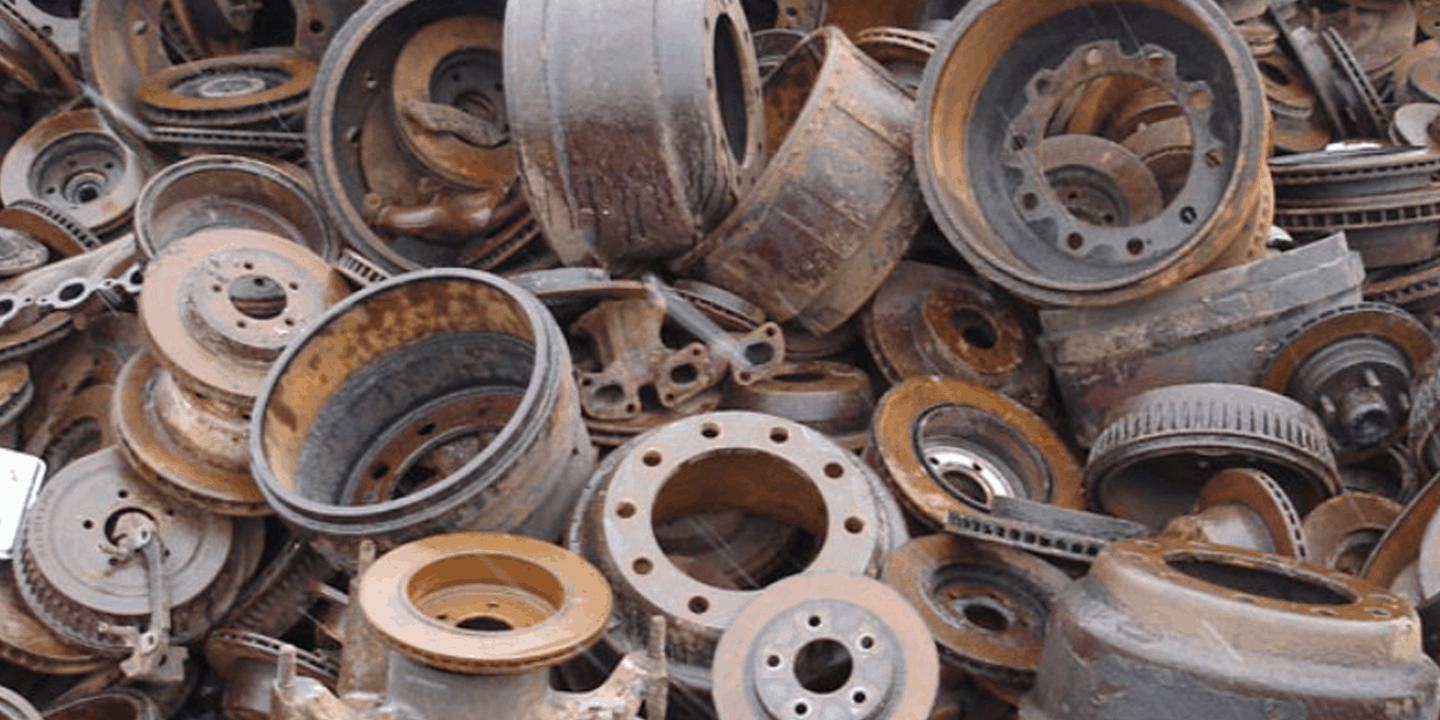Recycling Ferrous Scrap
Steel – which can be found in food cans, household containers, automobiles, machinery, and office buildings—is the most recycled industrial material in the world. Many of the products we see and use every day are made from steel, including containers, cans, automobiles, appliances and other types of machinery and equipment. The average appliance is 75 percent steel by weight, and most cars are made up of about 65 percent steel and iron. Steel falls into the ferrous category of metals. In 2012, the U.S. ferrous scrap industry was valued at $30.1 billion, making steel recycling a very profitable industry.
It All Starts With You
Recycling ferrous scrap metal begins, like most recycling processes, in residential neighborhoods. Steel cans and other steel recyclables are usually collected from curbside recycling programs and then transported to a material recovery facility (MRF). At the MRF, workers use recycling machinery to separate the steel from the other recyclable materials, often with magnets, and crush the steel into large bales. The bales are then shipped to steel mills or foundries, where they are combined with other steel scrap and melted in a furnace to produce new steel.
The steel industry needs scrap to manufacture new steel, ensuring that all steel products contain at least 25 percent recycled content. Steel produced from scrap-fed furnaces and other recycling machines accounted for almost 60 percent of the total raw steel produced in the U.S. in 2012.
Recycling ferrous scrap has significant environmental and economic benefits. Not only is recycling steel more cost-effective than mining virgin ore for new steel, but it also reduces energy consumption, which in turn reduces the amount of greenhouse gases that are released into the air. The energy saved by recycling steel reduces the annual energy consumption of the steel manufacturing industry by about 75 percent—enough to power 18 million homes for an entire year.
Recycling metals like steel using recycling machinery is also beneficial for the economy. Recycling ferrous scrap reduces the amount of materials disposed of in landfills, a service paid for by taxpayers. The scrap recycling industry also supports almost half a million American jobs and generates $10.3 billion in revenue for federal, state, and local governments.
Steel recycling preserves and creates jobs, bolsters the economy, reduces greenhouse gas emissions, and keeps scrap metal waste out of landfills. Through the recycling of ferrous scrap, we can prevent further pollution and help preserve the health of the environment.








I love how you mentioned how there are recycling programs that will come by and pick up scrap metal and transport it to a material recovery facility. Sometimes people don’t recycle because they don’t know where to take it or what to do with it; however, having a service come around and pick up the scrap metal for you will help people be more inclined to recycle it. Thanks for talking about this type of program that helps keep the recycling process together.